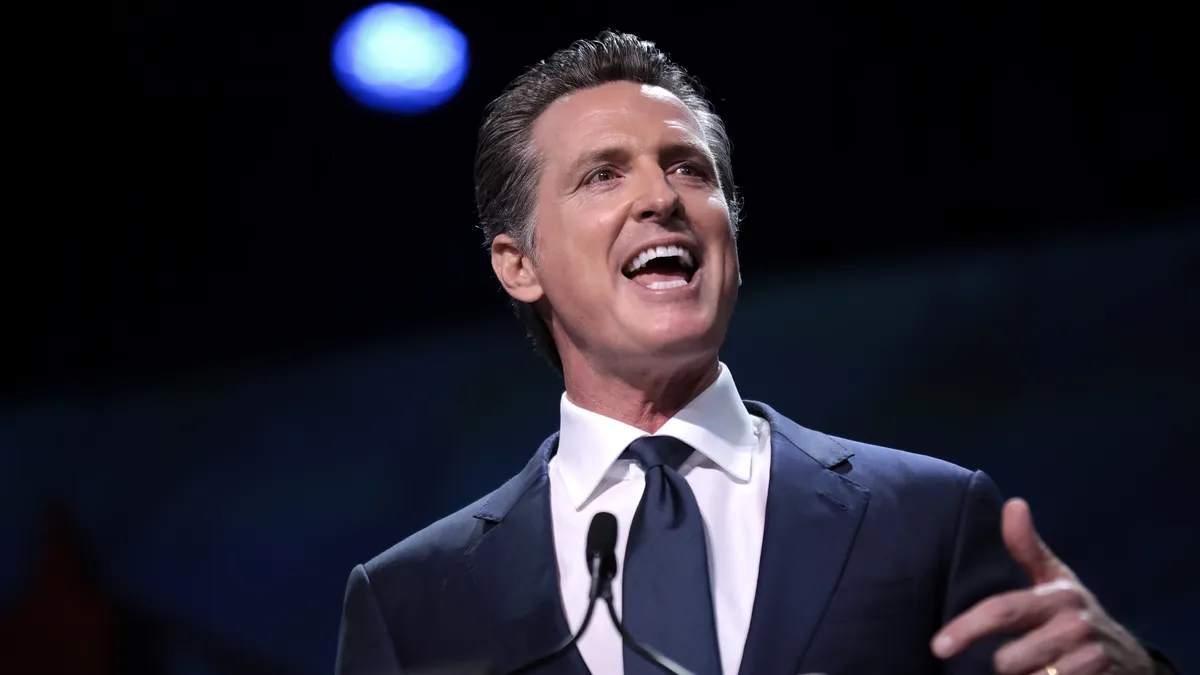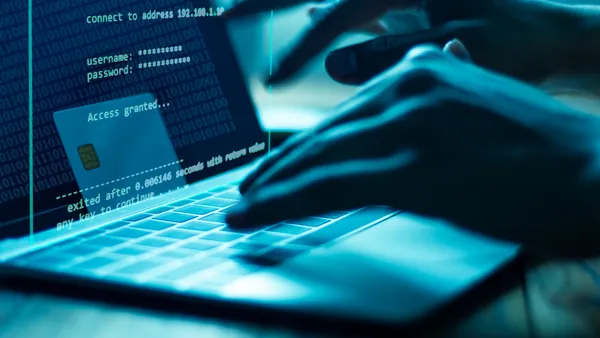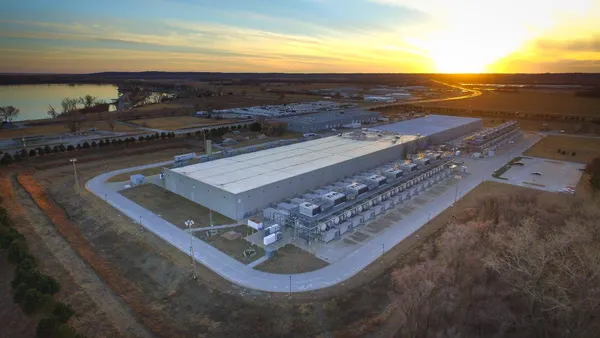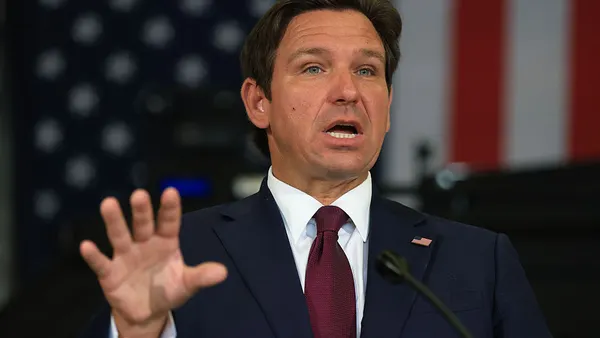California Gov. Gavin Newsom, D, on Wednesday declared a state of emergency to ensure grid reliability amid extreme heat forecasts across the state and the rest of the Western U.S.
The proclamation will allow California power plants to generate additional power, and authorizes backup generator use to ease the stress on the grid during peak demand hours, according to the governor’s office.
California is expected to experience high, potentially record-breaking heat through Wednesday, with temperatures that are projected to be up to 20 degrees warmer than normal in Northern California and 18 degrees warmer than normal in the southern part of the state.
On Wednesday, the California Independent System Operator called for customers to conserve electricity for a second consecutive day, due to rising electricity demand and shrinking power supplies. The grid operator also floated the possibility of additional conservation calls through the Labor Day weekend.
“The reality is we’re living in an era of extremes,” Newsom said in a briefing Wednesday, adding, “the hots are getting a lot hotter, the dries are getting a lot drier.”
Newsom said that the two potentially most challenging days for the grid are this coming Sunday and Monday, which are anticipated based on current projections to have roughly 48,000 MW of electricity demand – a figure that “puts us in a position where we have some vulnerabilities.”
Newsom also pointed to actions state regulators have taken to shore up the grid since the blackouts California experienced in the summer of 2020, including increasing the amount of battery storage on the grid from roughly 200 MW to 4,000 MW. In addition, he emphasized the importance of his administration’s legislative proposal to extend the life of the Diablo Canyon nuclear facility, originally scheduled to retire by 2025. State lawmakers voted in favor of the bill in the early hours of Thursday morning.
“Getting Diablo Canyon extended, just extending its life for a short period of time, will provide us with the capacity to de-risk, the capacity to stack all these renewables, to get the battery storage, deal with these supply chain issues, and move forward with our new strategy to fast track projects and permitting, and create some certainty for investors in this space,” he said.















